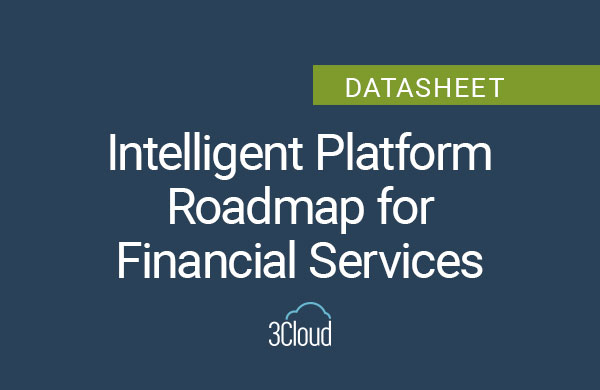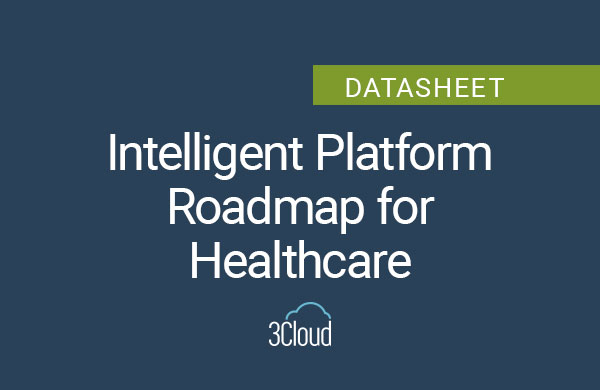British Mathematician Clive Humbly famously said, “data is the new oil.” In healthcare, that “oil” is often buried in proprietary medical record systems. To make healthcare data more accessible to data analysts and app developers, the HL7 standards organization created a standard called FHIR (Fast Healthcare Interoperability Resources).
What is FHIR and Why Does it Matter?
The FHIR standard describes a REST API developers can use in their applications. This API exposes resources that describe aspects of the patient care experience. These resources form a cohesive map of the information you could collect in a healthcare setting.
FHIR has an ecosystem of tooling, much of it open source. Because it’s an open standard, it’s used widely across the healthcare industry. Applications developed on FHIR can be deployed to different healthcare systems with minimal modification.
How to Get Started?
While my interest in FHIR is primarily around its use in Microsoft’s Azure Healthcare APIs, I found it easier to learn FHIR on its own before working with Microsoft’s implementation. The FHIR website describes the spec in detail is a must-bookmark for the aspiring FHIR Dev. There are tons of free FHIR implementations that you can query to learn about the FHIR API.
The FHIR API is comprehensive, but it’s different from your standard business API. Most data models have a series of mostly populated fields, while FHIR entities are primarily composed of optional data buckets. For example, a patient’s name is a zero-to-many relationship. You can have no name record or a bunch of them. Because FHIR is an international standard, those name entities don’t have a first and last name. They have a more complex structure that can accommodate more cultures. You’ll need to do some mapping work to fit the FHIR data into your application’s format.
Adding Azure to the Mix
One of the great things about the FHIR standard is that you don’t have to implement your own. Microsoft has created the Azure API for FHIR, a Platform-as-a-Service offering that gives you a FHIR API, data ingest capabilities, and security. With your backend handled, you can focus on creating innovative products on top of the FHIR API. To get started with the Azure API for FHIR, head over to the Microsoft Docs and follow one of the quickstart guides.
FHIR Up Your Development
The FHIR standard opens new possibilities for app developers and data analysts. By using a uniform standard, we can focus more on innovation and less on exporting data from proprietary medical record keeping systems. With Azure, you can use their implementation of the FHIR API and save even more time.




